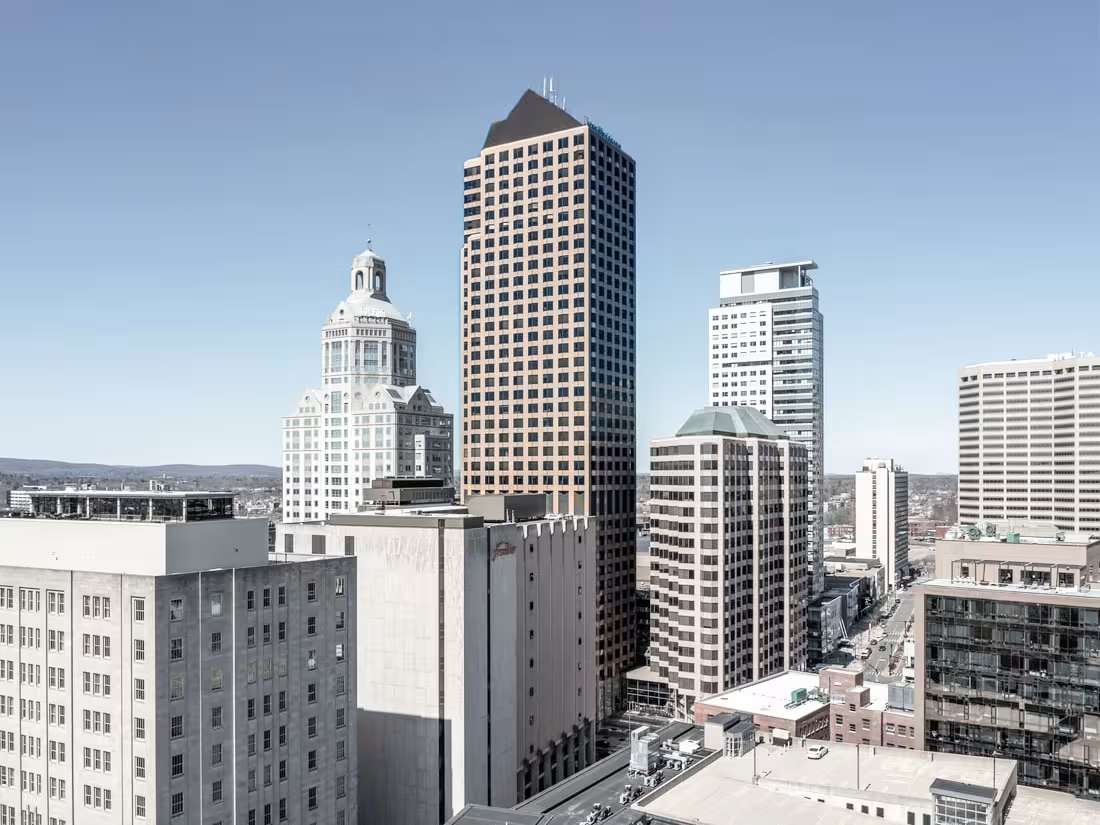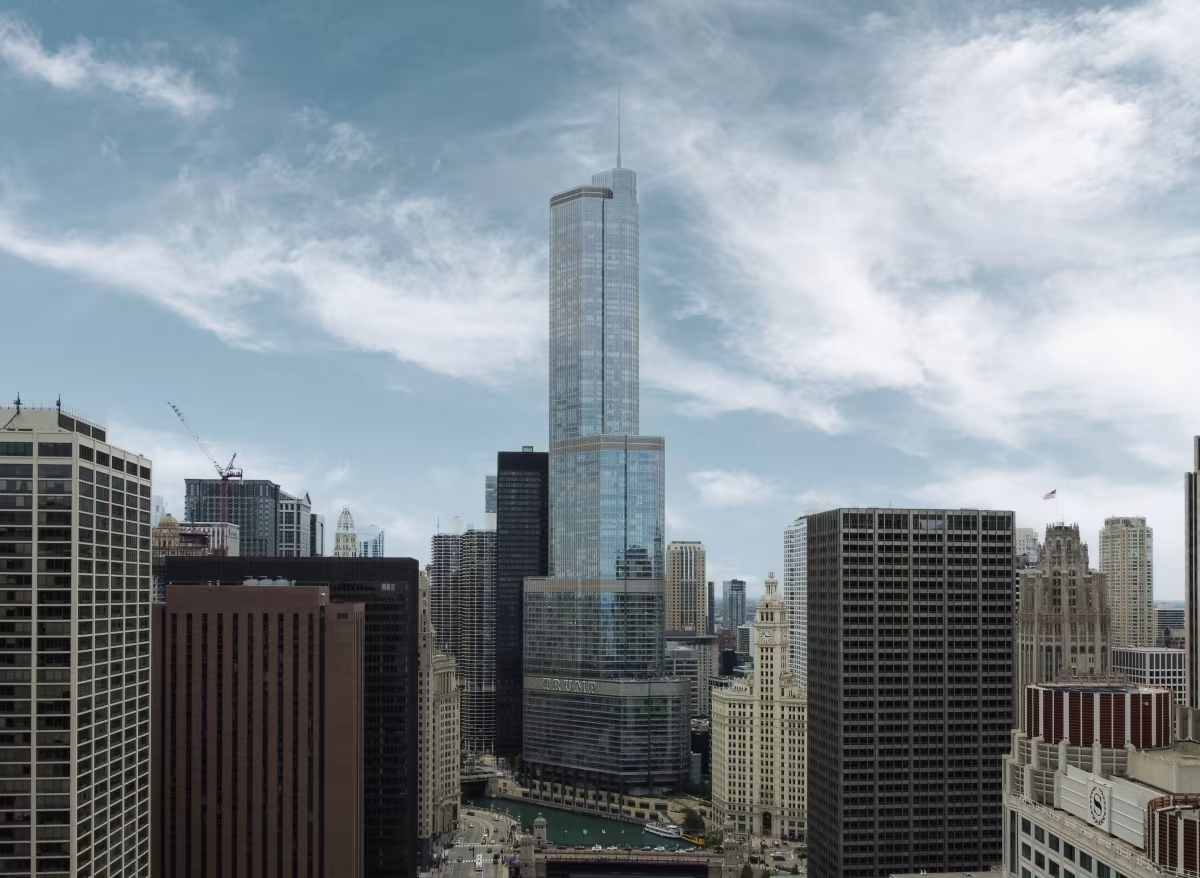City Place I vs Trump International Hotel and Tower


Comparing the City Place I and the Trump International Hotel and Tower is compelling because they were both designed by Skidmore, Owings & Merrill, yet they stand in different cities (Hartford, CT and Chicago, IL), and were completed over two decades apart.
What this will allow us to see, is how the same firm's approach adapted to different places in different periods of time.
Height & Size
The Trump International Hotel and Tower is clearly the larger tower of the two, both in terms of height and number of floors. It rises to 1181ft (360m) with 92 floors above ground, while the City Place I reaches 538ft (164m) with 38 floors above ground.
Despite being taller and having more floors, Trump International Hotel and Tower has less total built-up area than City Place I.
Of course, each project may have faced different briefs or regulatory constraints, which we don't really know about and could also explain the outcome.
Architectural Style
The City Place I was designed in the Modern style, while the Trump International Hotel and Tower reflects the principles of Contemporary.
The City Place I represents a late expression of the Modern, a style already in decline in 1984 when it was completed. By contrast, the Trump International Hotel and Tower followed the then mainstream Contemporary, embodying the dominant architectural direction of its time.
With 25 years between them, the comparison also reflects how quickly architectural priorities can shift from one dominant language to another.
Uses
The Trump International Hotel and Tower follows a mixed-use model, combining hotel, residential and commercial. In contrast, the City Place I has remained primarily commercial.
The Trump International Hotel and Tower incorporates a 5-star hotel with 339 rooms. More information is available at the official website.
The Trump International Hotel and Tower offers 486 residential units.
The Trump International Hotel and Tower also provides 960 parking spaces.
Structure & Facade
Both towers share the same structural solution, a Frame system.
A frame structure uses a grid of columns and beams to carry the building's loads. This frees the walls from structural duties, allowing for flexible floor plans and larger windows.
However, when it comes to the facade, both buildings use different approaches. The City Place I uses a Modular facade, while the Trump International Hotel and Tower uses a Curtain Wall facade.
A Modular facade like the one seen in the City Place I employs prefabricated panels, often mixing solid surfaces with smaller windows, while a curtain-wall facade like the one seen in the Trump International Hotel and Tower uses a lightweight glass curtain wall hung from the structure.
| City Place I | Trump International Hotel and Tower | |
|---|---|---|
| Skidmore, Owings & Merrill | Architect | Skidmore, Owings & Merrill |
| 1980 | Construction Started | 2005 |
| 1984 | Year Completed | 2009 |
| Modern | Architectural Style | Contemporary |
| Commercial | Current Use | Mixed |
| 38 | Floors Above Ground | 92 |
| 3 | Floors Below Ground | 5 |
| 164 m | Height (m) | 360 m |
| 76180 | Built-up Area (m²) | 241.548 |
| Frame | Structure Type | Frame |
| Steel | Vertical Structure Material | Reinforced Concrete |
| Concrete, Steel | Horizontal Structure Material | Reinforced Concrete |
| Yes | Facade Structural? | No |
| Granite, Glass | Main Facade Material | Glass And Stainless Steel Panels |
| W.E. O'Neil Construction | Main Contractor | Bovis Lend Lease |
| Skidmore, Owings And Merrill | Structural Engineer | William F. Baker |
| CT | State | IL |
| Hartford | City | Chicago |
| 185 Asylum Street | Address | 401 N. Wabash Ave. |